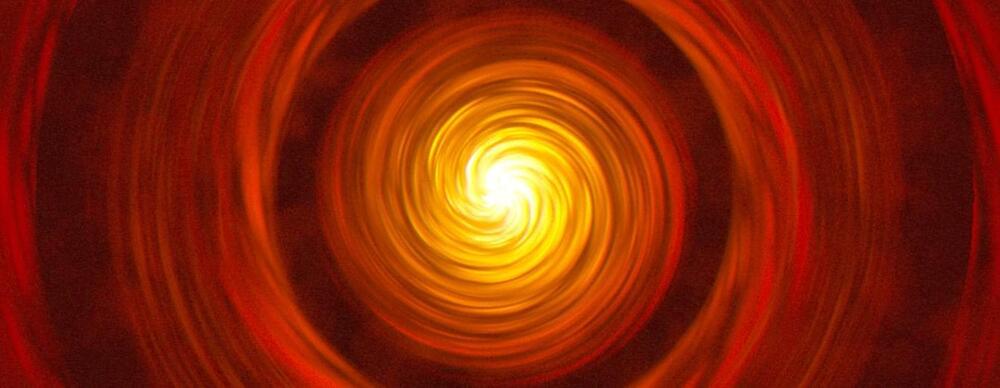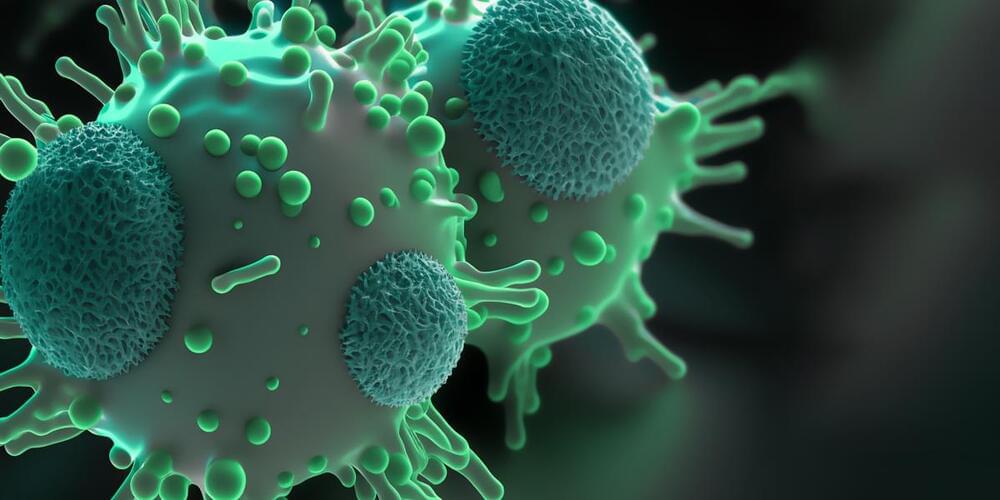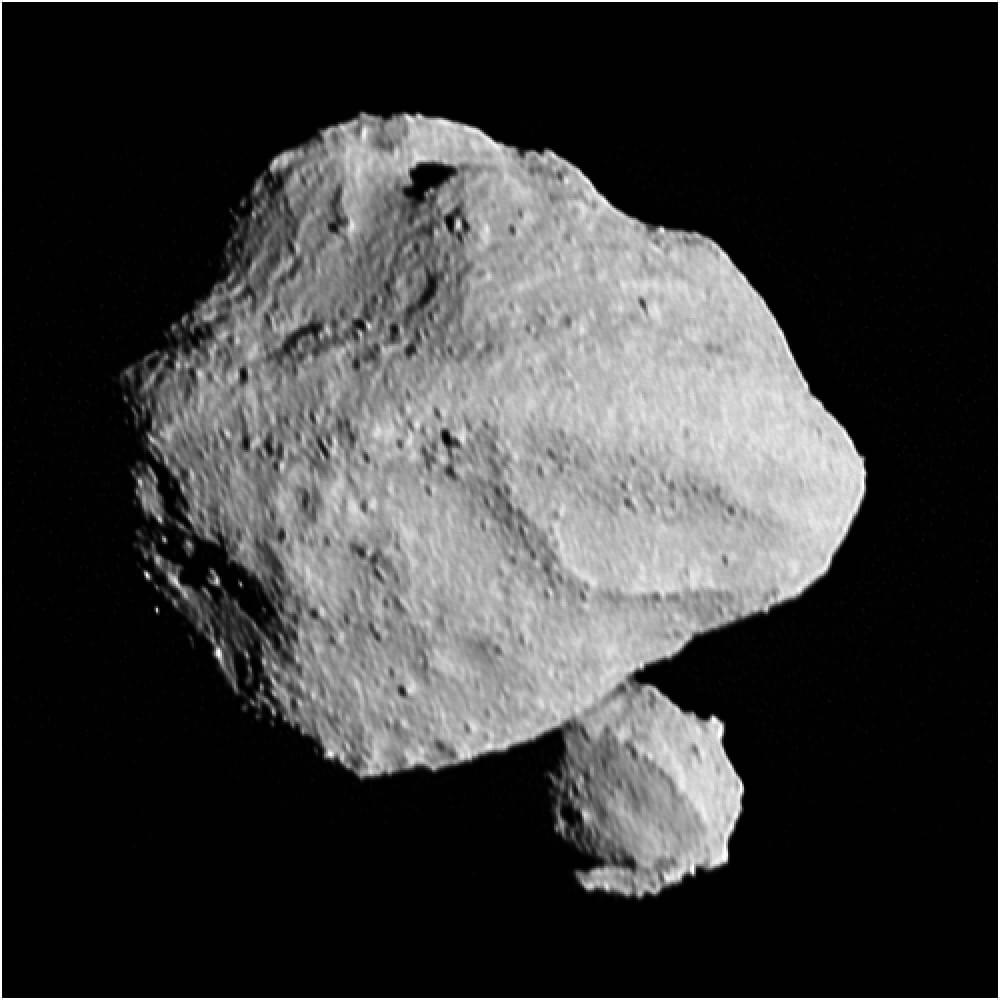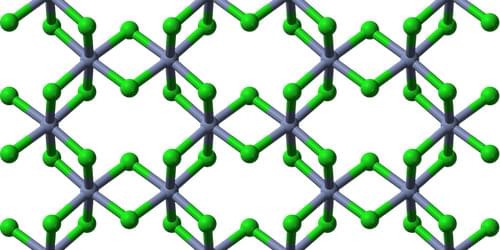Nov 13, 2023
Mason scientists to work with the U.S. Navy to avert ‘internet apocalypse’
Posted by Saúl Morales Rodriguéz in categories: energy, internet, military, space
A team of George Mason University scientists has received a federal grant of more than $13 million to work with the Department of the Navy to study and better understand increased solar activity that could potentially cause an “internet apocalypse” disrupting all electronic communications on Earth, including satellite communications.
Research from the grant, which will total $13.6 million in expenditures over five years, will be done in collaboration with the Naval Research Laboratory (NRL), and will include state-of-the-art data mining, analysis, and scientific modeling, among other endeavors, led by Mason faculty, students and staff. Under the terms of the contract, Mason provides scientific support for a broad range of astronomy-related activities that are of interest to the U.S. Navy and the nation at large.
“The main focus is on solar activity and the way it can impact systems on Earth,” said principal investigator Peter A. Becker, a professor in the Department of Physics and Astronomy within the College of Science. “This is especially important to the Navy—and more broadly the Department of Defense—because high-energy outbursts from the sun can have a strong negative impact on earthly radio and internet communications. And they can also have a detrimental effect on navigation systems and energy grids on Earth.”

















